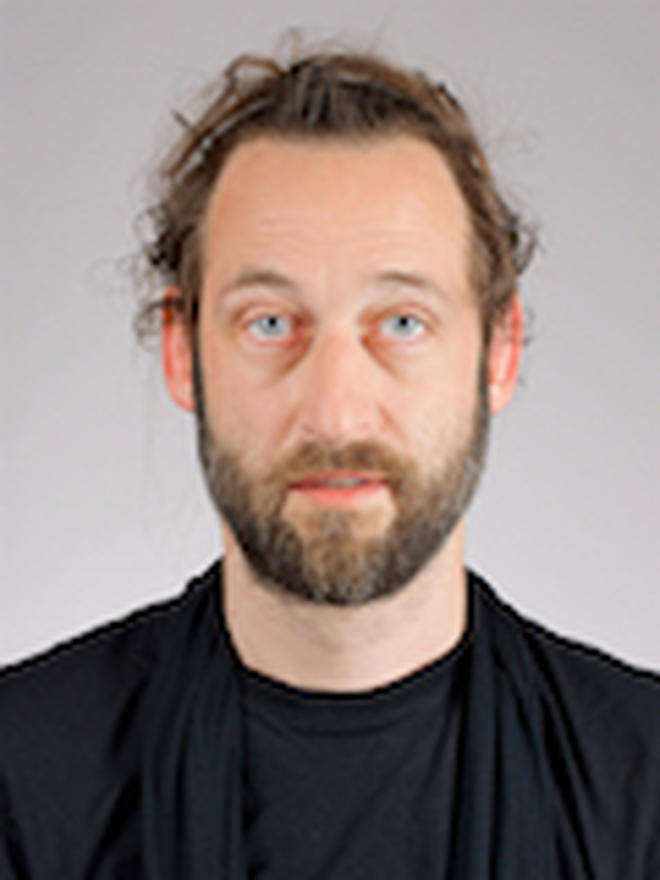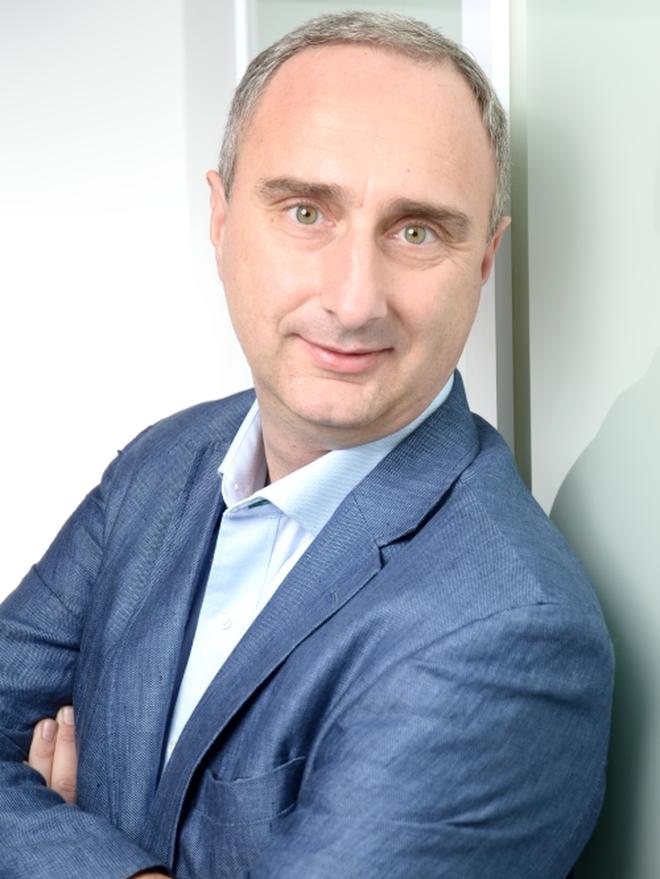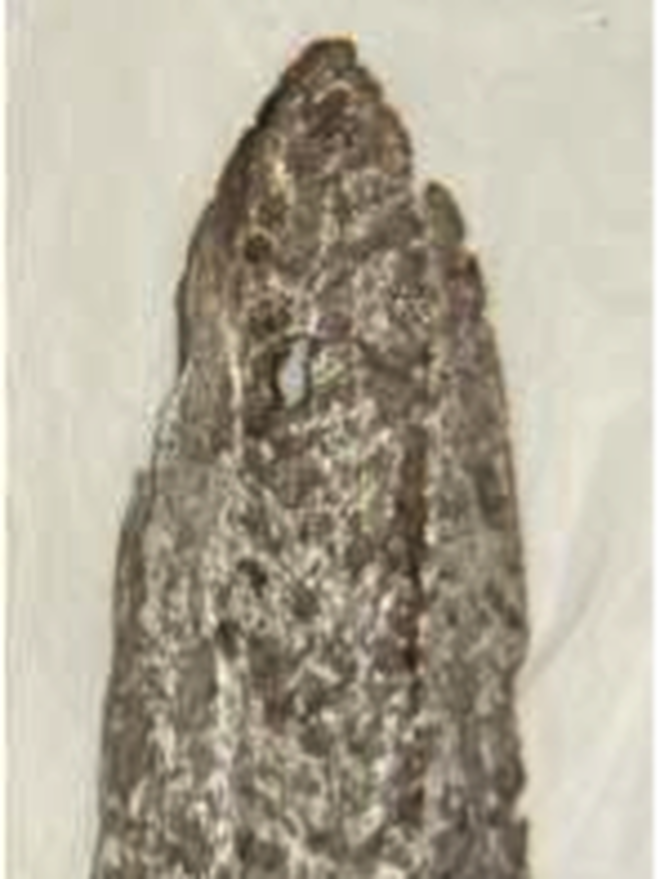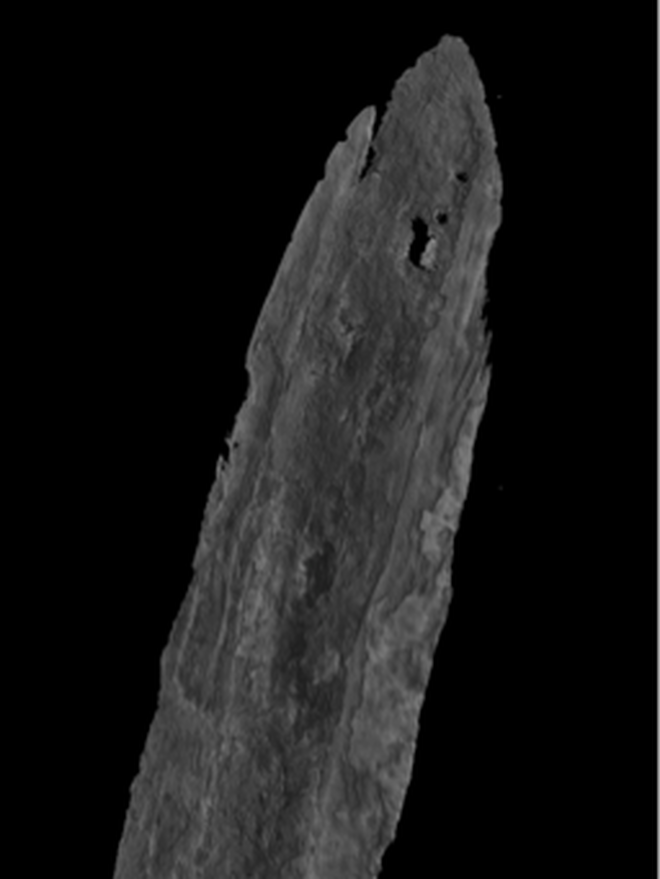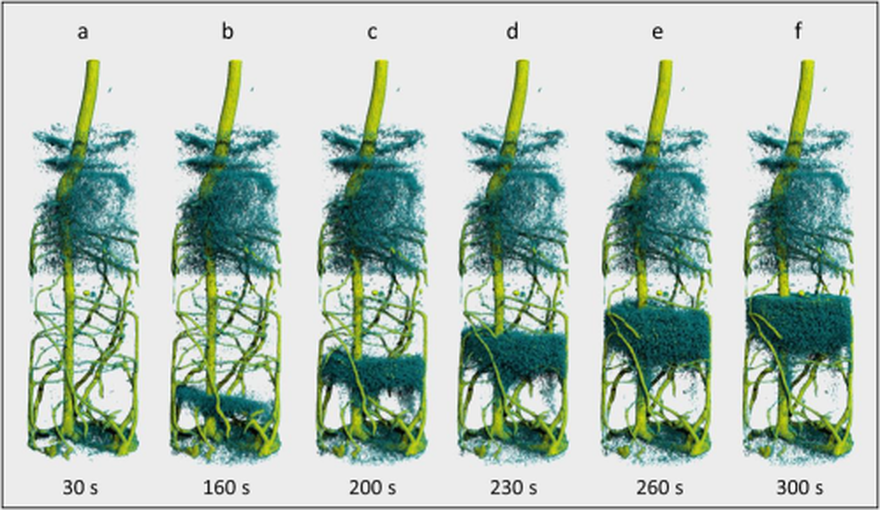
Three recent review articles by ESS researchers and their colleagues highlight synergies in the development of the ESS instrument ODIN and advances in the field of neutron imaging.
Research in the emerging and rapidly developing field of neutron imaging has significant impact in fields as varied as dentistry, energy materials, plant physiology, palaeontology, art history and other natural sciences. The European Spallation Source (ESS) will add important capabilities to these investigations by engineering its instruments to exploit new research methods that fully utilise the facility’s unprecedented power, capabilities, and neutron brightness.
Researchers from ESS and its partners have contributed to three recent review articles summarising developments in neutron imaging techniques that lie at the heart of major discoveries in industrial engineering, archaeology and cultural heritage studies.
Kardjilov, N., Manke, I., Woracek, R., Hilger, A., Banhart, J. Advances in neutron imaging. Materials Today (2018).
Woracek, R., Santisteban, J., Fedrigo, A., & Strobl, M. Diffraction in neutron imaging — A Review. Nuclear Instruments and Methods in Physics Research Section A: Accelerators, Spectrometers, Detectors and Associated Equipment (2018), 878, 141-158.
Strobl, M., Harti, R. P., Gruenzweig, C., Woracek, R., & Plomp, J. Small Angle Scattering in Neutron Imaging — A Review. Journal of Imaging (2017), 3(4), 64.
Advances in Imaging Techniques Mean Advances for Science at ESS
A comprehensive overview of neutron-based imaging applications was published in May of this year in the leading journal Materials Today. Authored by researchers at Helmholtz-Zentrum Berlin (HZB) and ESS, the article updates a similar survey published in 2011.
“Neutron tomography is extremely versatile,” says the lead author, Nikolay Kardjilov of HZB. “We are constantly working on further improvements and finding novel applications. We hope that this method, which is in great demand, will also be available in modern spallation sources in the future.”
One of only a handful of such sources will be ESS, where the multi-purpose imaging instrument ODIN is specifically designed to enable this work. ESS instrument scientist Robin Woracek, a co-author of the paper, explains:
“Many of the advanced imaging techniques highlighted in our survey can profit from time-of-flight measurements at a pulsed source like ESS, and the concept of ODIN was developed early on with the vision to enable these methods most efficiently.”
ODIN is now under construction, led by scientists and engineers at the Paul Scherrer Institute (PSI) and the Technical University of Munich, enabled by ESS in-kind contributions from Switzerland and Germany.
Extending the Scientific Range of Imaging
Two additional, more focused, review articles on imaging techniques published over the last year also provide important contributions in the development of ODIN and the ESS engineering diffractometer BEER.
The authors—from ESS, PSI, Argentina’s Centro Atómico Bariloche, the University of Copenhagen, and the Technical University of Delft—describe methods that exploit specific contrast mechanisms in imaging, namely diffraction and small-angle scattering, that will particularly profit from instruments built at ESS.
These methods, typically reserved for studying materials at length scales well below those used for neutron imaging, have been gradually scaled up over the last decade. Markus Strobl, head of Neutron Imaging and Applied Materials at PSI, and former instrument scientist at ESS, proposed the original design for ODIN and is an author on both papers:
“We now have methods that enable neutron imaging to access length scales which are not directly resolved in real space and to investigate bulk structures and processes spanning multiple length scales, from centimetres to tens-of-nanometres and beyond.”
Extending the range of length scales and scattering methods accessible to neutron imaging and diffractometers will have a significant impact on how instruments at ESS are used by researchers in the future.
A major impact of ODIN will be to expand the applications for neutron tomography, the creation of two- or three-dimensional images of a material’s structure derived from how a sample interacts with neutrons. Widening the range of materials that can be visualised in this manner, and expanding the contrast mechanisms by which to visualise them, will enable breakthroughs in ongoing research critical to new energy materials, advances in structural, aerospace and transportation engineering, the geosciences, and non-invasive studies of irreplaceable historical, archaeological and cultural artefacts.

























